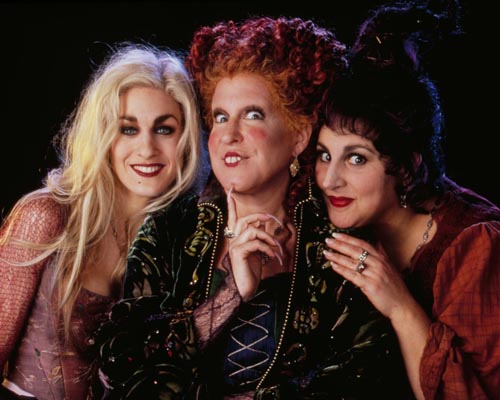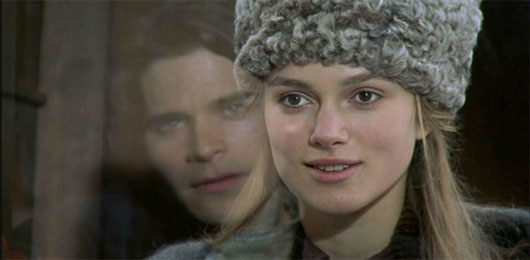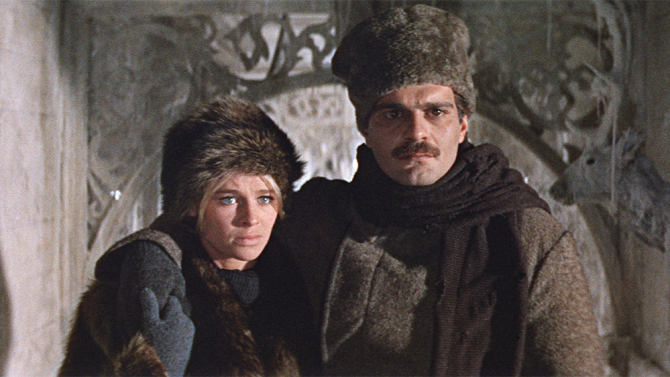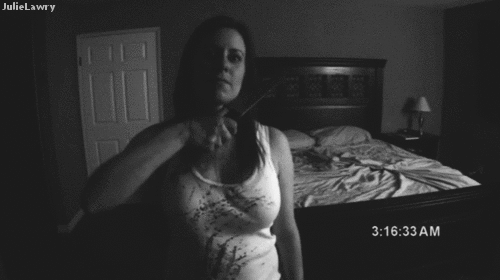One of America’s most beloved and enduring genres is also
one of the most uniquely American genres; the western. With its emphasis upon
individualism, self-sufficiency, lawless societies, and frontier justice, the
western encompasses some of the most crucial values and conflicts that still
confront American society. While the western is often characterized by its
historical setting, the grittiness, isolation, and complex morals of the genre
hold just as much, if not even more, resonance in a modern setting. In the
series Justified, the adventures of modern
day US Marshal Raylan Givens reminds us that there is still plenty of America beyond
the west to be won and a place for frontier justice among the frontiers of
modern urban America.
 |
| Will the real outlaw please stand up? |
The
Story: The story begins with US Marshal Raylan Givens
(Timothy Olyphant) entering a deadly confrontation with a Miami drug lord that
is fittingly portrayed as a modern-day wild west style duel. Despite Raylan’s
insistence that the shooting was justified, his superiors are tired of his
hair-trigger habits and send him to work in the crime and drug infested Lexington,
Kentucky, under whose jurisdiction Raylan’s hometown of Harlan falls. Upon
reaching Kentucky, Raylan is introduced to the staff who make up the local
marshal’s office including his boss and eventual mentor Art Mullen (Nick
Searcy), cynical ex-Iraq War sniper Tim Gutterson (Jacob Pitts), and the ever
professional Rachel Brooks (Erica Tazel). For his first assignment, Raylan is
immediately forced to return to Harlan, where his personal and professional
lives intersect in ways that force him to face the many demons from his troubled
past.
Season one largely focuses upon Raylan’s efforts to
take down the ruthless Crowder crime family after he is assigned to protect
battered wife Ava Crowder (Joelle Carter) following her murder of her abusive
husband Bowman. Raylan is drawn even further into the twisted world of the
Crowder’s when Ava’s brother in law, sociopath Boyd Crowder (Walton Goggins), begins
his own reign of terror and Raylan learns of the debt his mentally unstable
father owes to the Crowders. Season two follows Raylan’s attempt to bring the
formidable Bennett crime family, led by equal parts charismatic and deadly matriarch
Mags Bennett (Margo Martindale), to justice, while Boyd struggles to remain on
the right side of the law in the wake of his disillusionment with the rest of
the Crowder clan. Season three lends a unique approach to the story as both
Boyd and Raylan are pitted against vicious Detroit gangster Robert Quarles
(Neal McDonough), who has come to Kentucky in an effort to expand the territory
of the Tonin mafia family. Season four expands the show’s narrative by changing
gears once again as Boyd and Ava race against Raylan and the marshals in trying
to locate DB Cooper-esque fugitive Drew Thompson, and the millions that
Thompson is reported to possess. Season five returns to the show’s familiar
format with the Crowe family of Florida becoming enemies of both Boyd and
Raylan as they seek to muscle in on the local drug trade. Season six brings the
diverse elements of the show full circle as the ongoing rivalry between Raylan
and Boyd reaches an explosive climax set against the backdrop of corrupt
politics, criminal machinations, and treacherous personal relationships.
 |
| Southern belles shoot first and ask questions later |
The
Characters: One of the series’ greatest draws is its
colorful and complex cast of characters. At first glance, Raylan appears to be
just another in a long line of television anti-heroes who make their mark by
breaking all the rules. Upon closer observation, however, beneath his cocky
grin and swagger Raylan is revealed to be a tormented man haunted by a past
that he is struggling to separate himself from. Similarly, Boyd is first
introduced as just another criminal in Harlan only to be later revealed to be
one of the most complicated and formidable foes Raylan faces. In many ways it
is difficult for viewers to know the ‘real’ Boyd Crowder as he alternates
between moments of genuine compassion and tenderness in his personal
relationships and the consistent calculated ruthlessness that he displays in his
criminal dealings. Ava displays similar complexity as she evolves from one of
Raylan’s many love interests to an independent, but conflicted, heroine as she
navigates Harlan’s underworld. Beyond its central trio, the show features a
full cast of wily and magnetic characters, all of whom bring their own brand of
humor, grit, and southern charm. Standouts among the vast cast of villains
include Ma Barker style matriarch, Mags, folksy barbeque king turned corrupt
community leader, Ellstin Limehouse (Mykelti Williamson), sadistic gangster
Robert Quarles (Neal McDonough), charmingly cunning mob widow Katherine Hale
(Mary Steenburgen), and quietly menacing drug lord Avery Markham (Sam Elliott).
The fun doesn’t stop at the bad guys, however, with laughs and thrills coming
courtesy of such characters as teen orphan turned budding queen pin Loretta
McCready (Kaitlyn Dever), Raylan’s sassy and fickle ex-wife, Wynona (Natalie
Zea), lovably dim-witted prostitute Ellen May (Abby Miller), and Barney
Fife-esque bumbling constable Bob Sweeney (Patton Oswalt). With these
delightfully wicked and always entertaining characters, as well as many others,
at the helm Justified is a by turns
comic and bleak journey into the underbelly of modern America that viewers
won’t want to return from.
What
Kept Me Watching: Perhaps Justified’s greatest asset is its inability to neatly fit into the
confines of one genre. While it’s lone lawman in a lawless land harkens back to
the greatest of classic westerns, its focus upon modern crime also brings the
series into the territory of a police procedural. Just when viewers think that
they have the good and bad guys straight, however, the story takes a turn that
brings the narrative’s already murky morality into question in the tradition of
the best in film noir. Finally the rivalry between conflicted hero Raylan and
the ever one step ahead Boyd is directly reminiscent of such legendary cinema
rivalries as Batman and the Joker and Rocky Balboa and Apollo Creed. Through
its ability to seamlessly shift from one genre to another the series is able to
provide something for fans of classic and modern drama alike, while adding its
own unique edge. Adapted from a short story written by master crime author and
screenwriter Elmore Leonard (who also acted as script advisor), Justified
features some of the snappiest dialogue and sharpest characterizations on
television and features plots that will keep you firmly planted on the edge of
your seat. For a journey into the modern American frontier, take a ticket to
Harlan, Kentucky and rest assured the trip will be Justified.
 |
| Welcome to Harlan County |



8.jpg)







